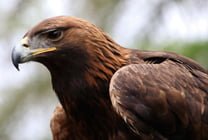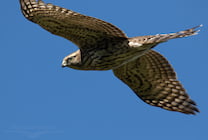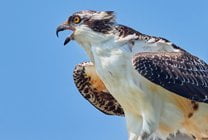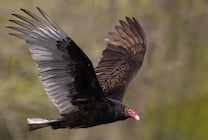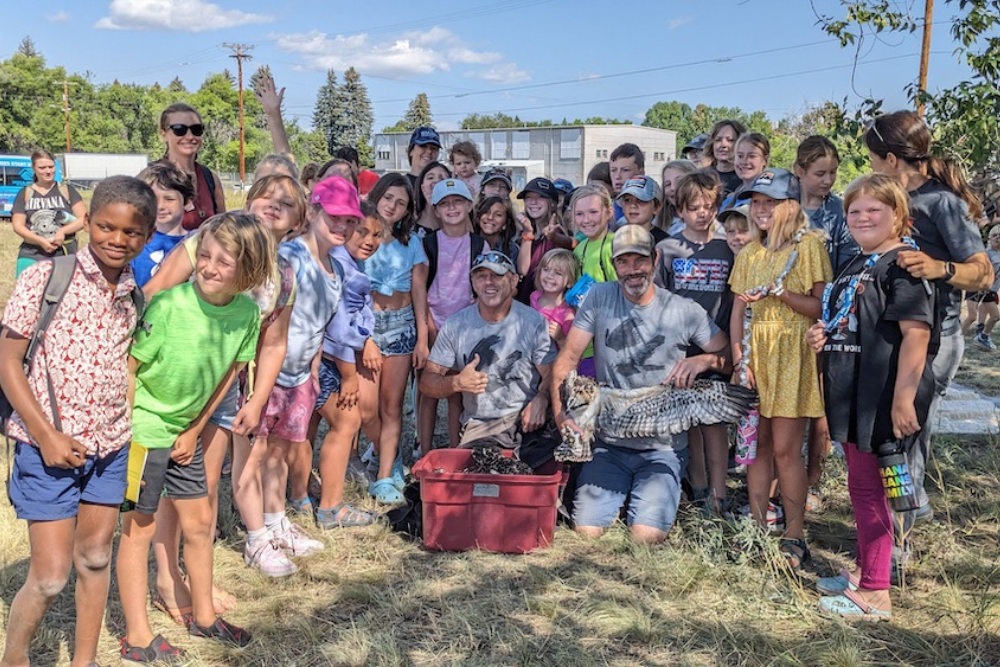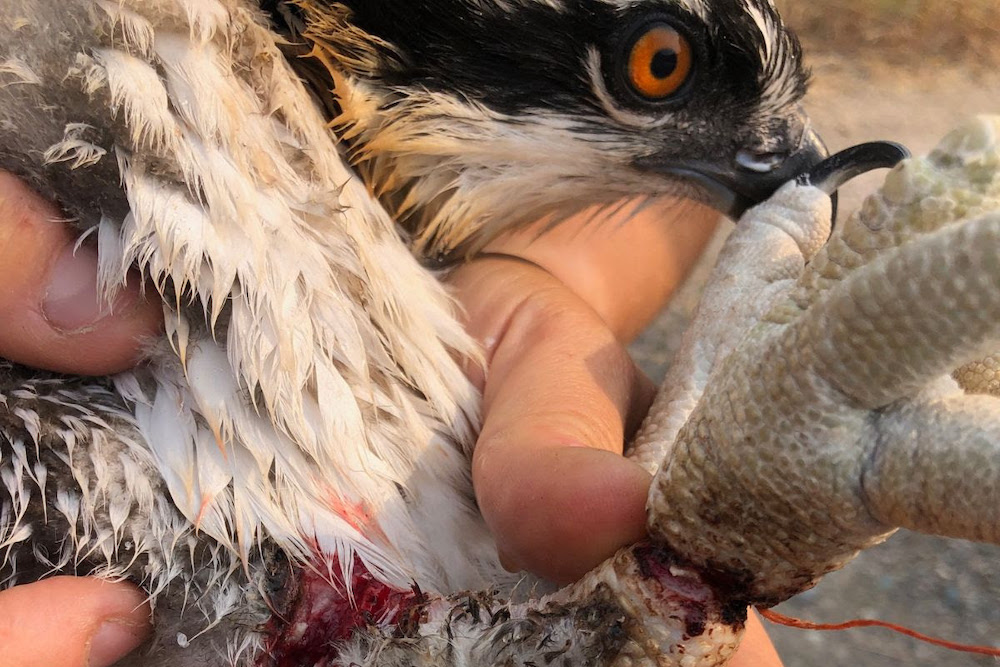Ospreys
Ospreys feed on live fish and are commonly seen soaring over rivers and waterways or standing on huge stick nests. Like most raptors, Ospreys are facing several anthropogenic threats that can increase mortality, reduce reproduction, and jeopardize long-term population health.
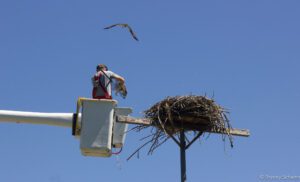
Ospreys have the bad habit of collecting baling twine to adorn their nests, but it often ensnares the birds, killing an estimated 10% of nestlings each year. Our Osprey project began as an effort to remove twine from nests to prevent as many of these deaths as possible.
In 2006, we partnered with former University of Montana ecologist Dr. Erick Greene, to closely examine the causes, locations, and possible effects of mining-related heavy metal contaminants on Ospreys and the river ecosystem. To date, we have banded and drawn blood samples for heavy metal analysis from over 500 Osprey nestlings across 45 nests in western Montana. Many of these Osprey show very high mercury levels, an unfortunate legacy of the region’s historic mining activities. In addition to sharing our findings in scientific journals, we have also made a massive effort to educate the public.
In 2012, we partnered with MPG Ranch in Florence, Montana to track Ospreys to their wintering grounds via GPS transmitters. We’ve learned that most Ospreys breeding in western Montana spend winter in Mexico and along the Gulf Coast of Texas, though we have tracked others as far as Cuba.

